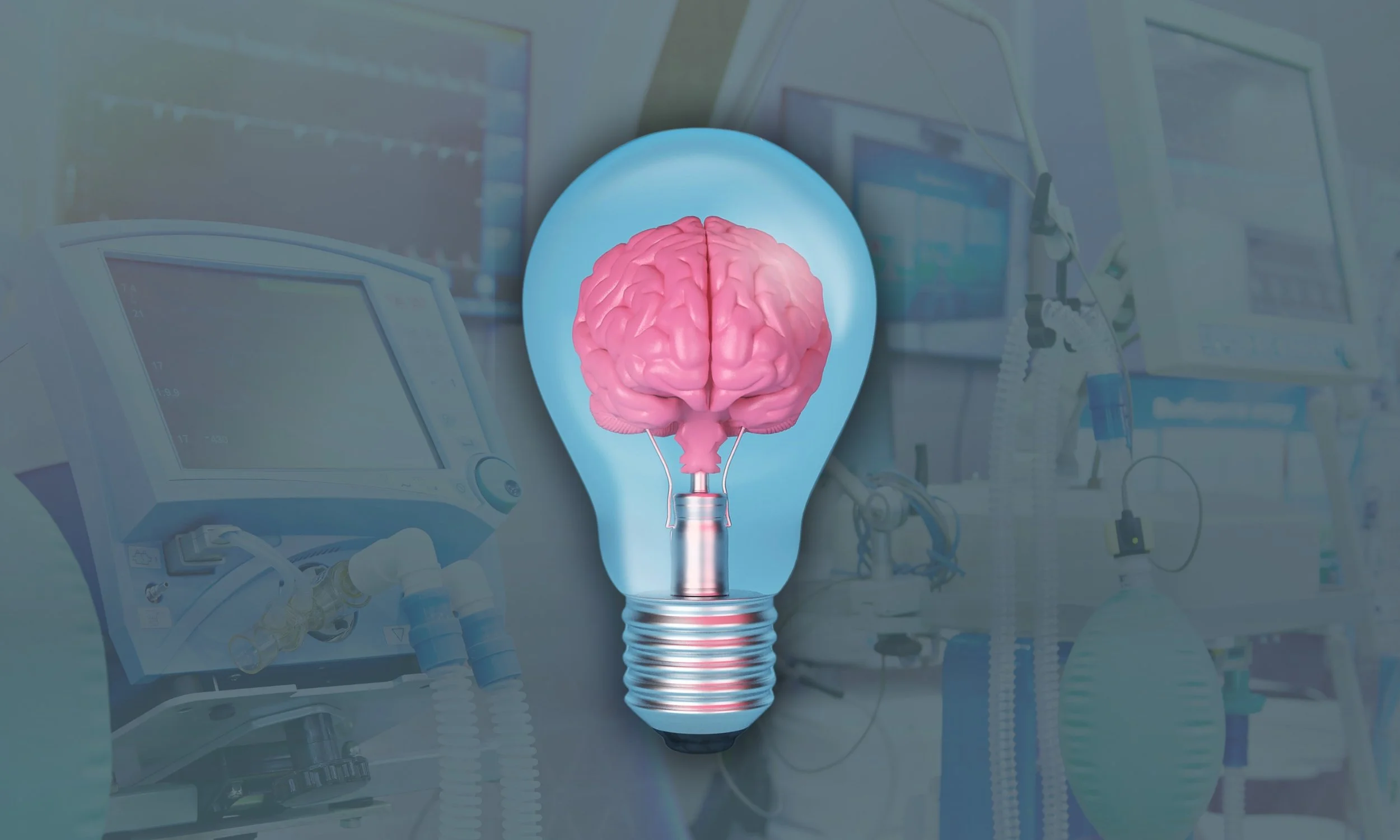The diversity of life on earth is extraordinary, therefore the perspectives and experiences we each carry as human beings can be vastly different from each other. In relation to medicine and mental health, researchers at the Affiliated Brain Hospital of Guangzhou Medical University in China recognized that we all have our own biological, environmental, and experiential complexities which prompted them to identify four different subgroups of depression: anxious, melancholic, anxious-melancholic, and no subtype. They then conducted a post-hoc study regarding the association between ketamine and the aforementioned subtypes.
“Ninety-seven participants with depression were administered six repeated-dose intravenous ketamine and assessed for depression, anxiety, and suicidal ideation...” (Wang, et al. 2019). All patients were either classified as treatment-resistant or with suicidality prior to the study, posing an acknowledged limitation to the study. Another limitation was the small number of subtypes (melancholic and anxious) included in the study, a point which future researchers might take into account in ketamine-related studies. Finally, the researchers acknowledged that they could not rule out any influence of other medications on depressive symptoms which certain patients started taking prior to and continued receiving during treatment at stable doses.
A large reason ketamine’s effects are currently being observed in patients with depression is due to the fact that up to 35% of patients do not respond to traditional antidepressants. Those that do still deal with a delayed onset of action. Ketamine has a growing body of evidence indicating its potential as a rapid-onset and anti-depressive, effective treatment for treatment-resistant depressed patients and bipolar depressed patients. The reason ketamine might serve patients who have not previously responded to treatments for depression is that ketamine’s mechanism of action works on a different part of the body. While traditional medications act via monoaminergic pathways, ketamine is thought to act via the “glutamatergic system, most notably the NMDA system” (Wang, et al. 2019).
Researchers at the Guangzhou Medical University aimed to explore the usefulness of depression subtypes as a method of predicting the efficiency of repeated-dose ketamine in order to more effectively share this option with depressed patients. Although prior researchers had studied the relationship between fewer depressive subtypes and ketamine, the research had been inconsistent, leading researchers in this study to not coming up with any presupposed hypotheses.
Considering this study was done post-hoc, or after a separate clinical trial, the results were taken from the Exploratory Study on the Antidepressant Treatment using Ketamine for Depression, a single-arm, open-label study conducted between September 2016 and January 2018. “The study included data from four-phases: a screening and pre-assessment phase, a 2-week treatment phase, a 24-hour post-infusion assessment, and a 2-week ketamine-free follow-up phase”(Wang, et al. 2019).
The patients included in the study were females and males 18 to 65 years of age who experienced a current major depressive episode without psychotic features, confirmed by a face-to-face interview with an experienced clinical psychiatrist and the Structured Clinical Interview for DSM-5. Other inclusion criteria were with suicidality or insufficient response to at least two traditional antidepressants administered over adequate periods of time at an adequate dose, and the current presence of moderate to severe depressive symptoms which were defined by a total score of over 17 on the Hamilton Depression Rating Scale.
Some key exclusion criteria were a current or past diagnosis of another serious mental disorder; obsessive-compulsive disorder and anxiety disorder were permitted if this was not the primary reason for depression in the last 12 months. Other exclusion criteria include non-response of depressive symptoms to previous ketamine treatments, a serious and unstable neurological or medical illness, current pregnancy or breastfeeding or planning a future pregnancy during the study period, substance abuse or dependence preceding the screening visit, a positive urine toxicology screening, history of brain injury or unconsciousness for more than 5 minutes, and clinically significant homicidal or suicidal ideation.
The associations the researchers found between the subtypes and ketamine were substantial. The study indicated that all subtype groups exhibited significant symptom reductions throughout the treatment. They found differences amongst each subgroup such as patients with pure melancholic or melancholic-anxious features were less likely to respond or remit compared to those with pure anxious or no subtype features. Patients with melancholic or melancholic-anxious features also took longer to respond or remit and generally improved less in depression, suicidal ideation, and anxiety compared to those with pure anxious or no subtype features. It is important to keep in mind that despite the differences between subgroups, the research shows a significant decrease in symptoms - a positive sign for those suffering from treatment-resistant depression.
Although these findings cannot be applied generally across all patients with depression since only those who were treatment-resistant or with suicidality were studied, there is hope for ketamine’s interaction with depressive symptoms in patients.
Do you suffer from, depression, anxiety, PTSD, or chronic pain? Reach out to us at Reset Ketamine for a free consultation. Ketamine might just be the key to reset your life!
References
Photo by JTMultimidia from Pexels











Learn how ketamine therapy affects PTSD, when it may worsen symptoms, and how alternatives like the stellate ganglion block can offer relief.